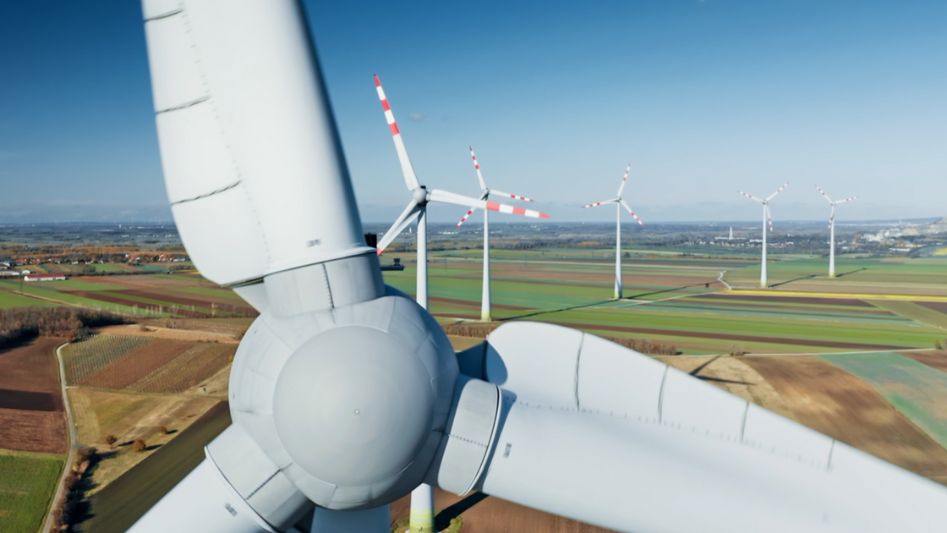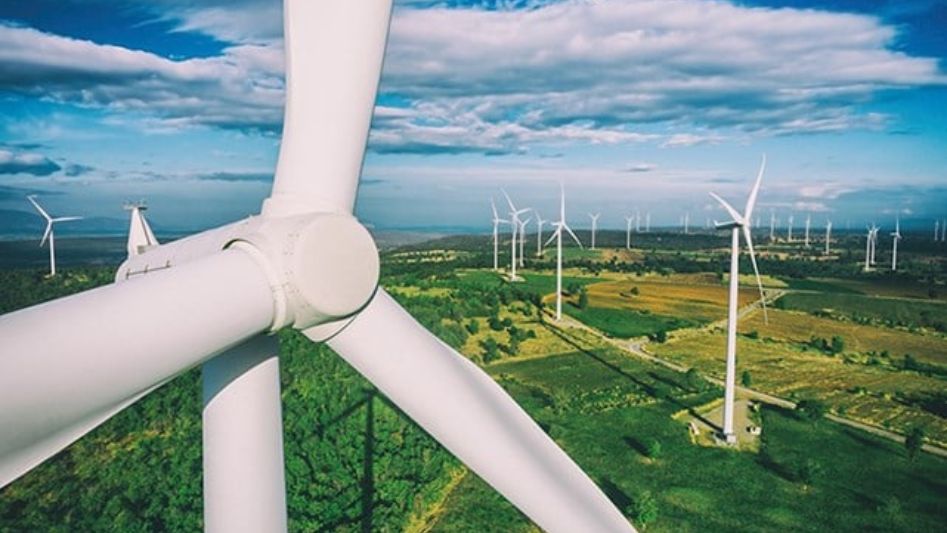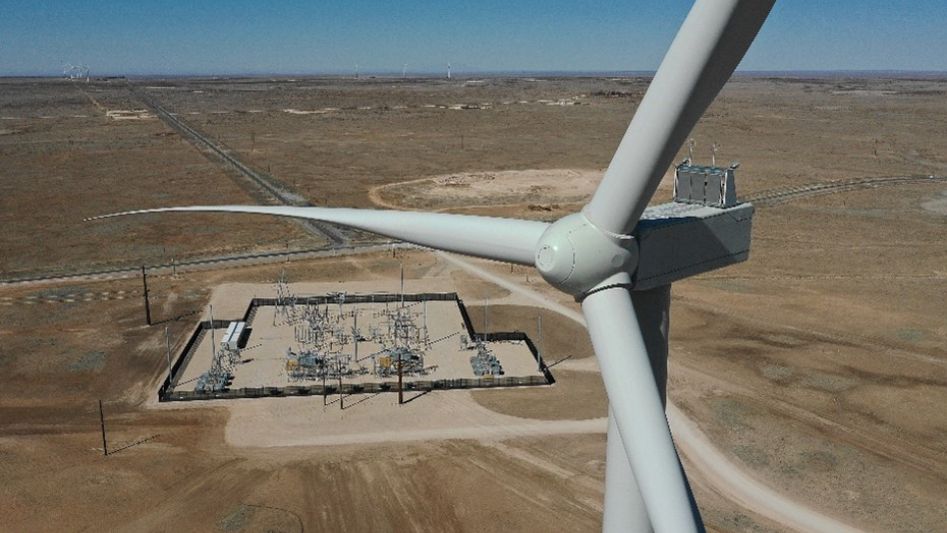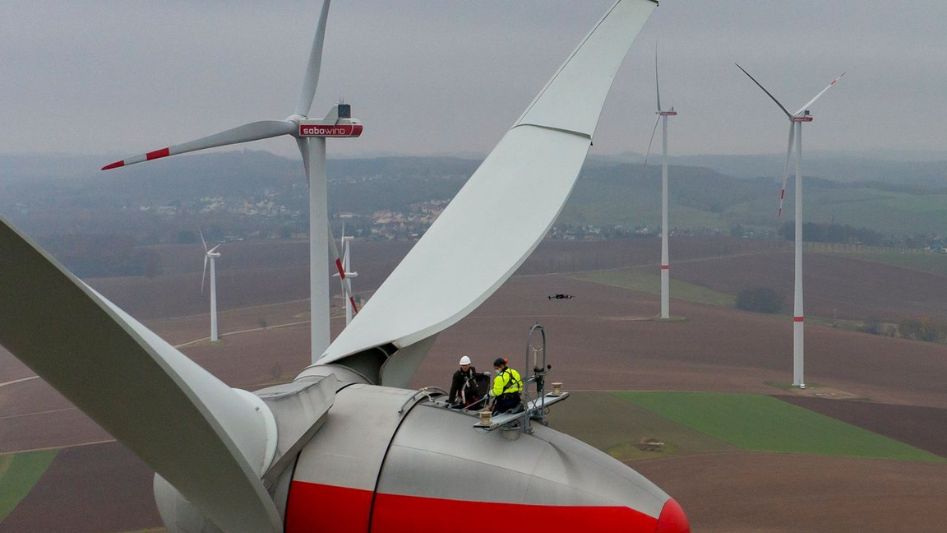The quest for sustainable energy sources to combat climate change has driven remarkable innovations in renewable energy technology. Among these innovations, Vertical Axis Wind Turbines (VAWTs) are emerging as a promising green energy solution. VAWTs represent a revolutionary approach to harnessing wind power and offer several advantages over traditional Horizontal Axis Wind Turbines (HAWTs). This article explores the key features, benefits, and challenges of VAWTs and their potential to usher in a new era of sustainable energy production.
Table Of Content
We invite you to read: “Quiet and Efficient: The Advantages of Vertical Axis Wind Turbines”

Understanding Vertical Axis Wind Turbines
VAWTs differ from HAWTs in their design and operation. Instead of having blades that rotate around a horizontal axis, VAWTs have blades that spin around a vertical axis, much like a carousel. This unique design presents several advantages.
Advantages of VAWTs
1. Space Efficiency
One of the significant advantages of VAWTs is their compact design. Unlike HAWTs, which require a vast amount of space and clear land, VAWTs can be installed in more confined areas. Their vertical orientation makes them suitable for urban environments, coastal areas, and places with limited space, expanding the possibilities for wind power generation in densely populated regions.
2. Omnidirectional Wind Capture
VAWTs are capable of capturing wind from any direction, as they spin vertically. This omnidirectional feature ensures efficient energy production even in areas with unpredictable wind patterns. This flexibility makes them a practical solution for locations where HAWTs may struggle to generate consistent power.
3. Lower Noise Levels
VAWTs typically produce less noise compared to HAWTs. Their quieter operation is attributed to their slower blade tip speeds and less turbulent airflow, making them a more harmonious choice for residential and urban environments.
4. Ease of Maintenance
Maintenance and repair of VAWTs are generally more straightforward compared to HAWTs. The components are easily accessible, reducing downtime and operational costs. Additionally, their vertical design eliminates the need for yaw mechanisms, which are complex systems used to orient HAWTs into the wind.
We invite you to read: “Vertical Axis Wind Turbines: An Alternative to Traditional Wind Turbines?”

5. Aesthetic Appeal
VAWTs have an aesthetic advantage in that their unique design often blends more harmoniously with landscapes and urban settings. Their graceful spinning motion can even be considered an artful addition to the environment, attracting attention and support from communities.
Challenges and Considerations
Despite their numerous benefits, VAWTs also face some challenges:
1. Lower Energy Output
VAWTs, in general, have a lower energy output compared to their HAWT counterparts. The vertical orientation limits the size and efficiency of the blades, which can result in reduced power generation. However, ongoing research and development aim to improve their energy capture capabilities.
2. Limited Commercial Use
HAWTs have a more extensive commercial presence and proven track record in the wind energy sector. As a result, VAWTs are still relatively less common, making it more challenging to find experienced manufacturers and maintenance teams. This can lead to higher initial costs and longer payback periods.
3. Technical Challenges
VAWTs may face technical challenges in dealing with turbulent winds, which can reduce their efficiency. Engineers and researchers continue to work on solutions to enhance their performance in adverse weather conditions.
We invite you to read: “The Pros and Cons of Vertical Axis Wind Turbines”

Conclusion
Vertical Axis Wind Turbines represent a promising development in the renewable energy landscape. Their compact design, omnidirectional wind capture, and low noise levels make them ideal for urban and space-restricted areas. While they face challenges such as lower energy output and limited commercial use, ongoing research and development efforts aim to overcome these obstacles. As we strive to transition to a more sustainable future, VAWTs may play a vital role in harnessing wind power and reducing our carbon footprint, paving the way for a green energy revolution on the horizon.
FAQs
How do VAWTs differ from HAWTs?
VAWTs have blades that spin vertically, while HAWTs have horizontal spinning blades. VAWTs are more space-efficient and work well in urban areas.
Are VAWTs quieter than HAWTs?
Yes, VAWTs are typically quieter due to slower blade speeds and less turbulent airflow, making them suitable for residential environments.
What are the challenges of VAWTs?
VAWTs may have lower energy output, limited commercial availability, and technical challenges in turbulent winds. Ongoing research aims to address these issues.
Where can VAWTs be used?
VAWTs are versatile and can be installed in urban areas, coastal regions, and places with limited space, offering a green energy solution for diverse settings.
You May Also Like
- The Benefits of Implementing Vertical Axis Wind Turbines Offshore
- Small but Mighty: How Vertical Axis Wind Turbines are Making a Big Impact in Cities
- The Long Road to Vertical Axis Wind Turbines (VAWT)
- Are Vertical Axis Wind Turbines Really The Future?
- Vertical Axis Wind Turbines Will Dominate The Floating Offshore Wind Market
External Links
- Vertical turbines could be the future for wind farms
- Analysis of Environmental Impact of Vertical Axis Wind Turbine Using Circular Economy Approach
- Overview of Vertical Axis Wind Turbine (VAWT) is one of the Wind Energy Application
- Urban Wind Generation: Comparing Horizontal and Vertical Axis Wind Turbines at Clark Univ urbines at Clark University in W ersity in Worcester, Massachusetts
- Vertical-axis wind turbine

